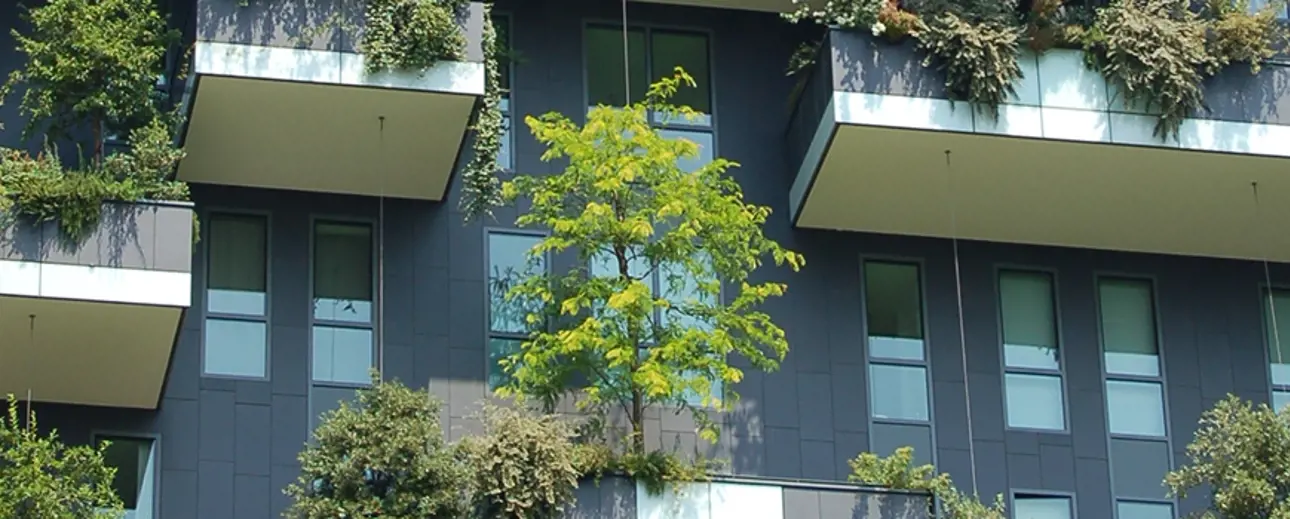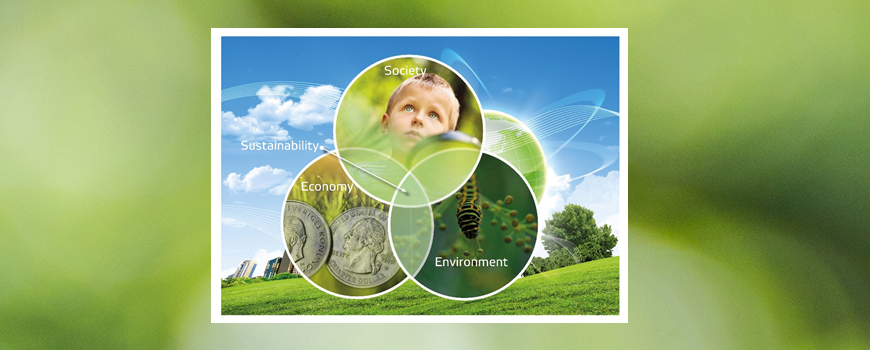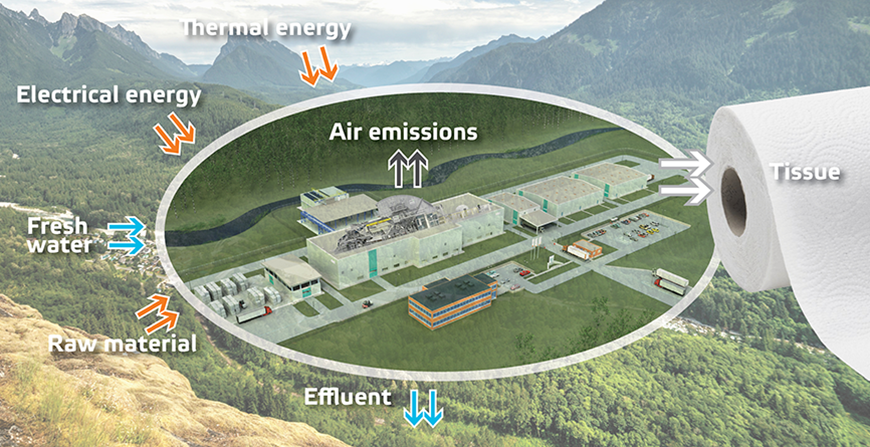What does a sustainable business mean?
Everyone is talking about sustainability - suppliers, producers, authorities, environmental agencies etc. But what does sustainability really mean? Does it mean the same to all of us? Often it is used synonymously with words like “green”. But “green” does not say anything about a product or process etc. being sustainable or not.

Sustainability must involve working in the present with an awareness of the future. We cannot be sustainable without understanding the impacts of our current conduct on the future of the planet and all its inhabitants. Sustainable means able to last or continue for a long time. Put in another way sustainability is,
“Meeting the needs of the present generation without compromising the ability of the future generations to meet their own needs."
An important and sometimes overlooked element of sustainability as it applies to business involves profitability. The logic here is simple. If a company is not profitable it will not be able to sustain itself, provide employment, pay taxes etc. As for businesses, the reducing of costs by improving operational- and energy related efficiencies, surely advances the financial sustainability.
One could also say that a sustainable business rests on three spheres. The environmental, economic and the social sphere, and for a sustainable business all three spheres must be in balance.
How can a Tissue Mill supplier improve and strengthen the balance between the three sustainability spheres for the Tissue industry?

Technology
If we look on the technical side of the issue, it implies energy efficiency, renewable power, and resource conservation. Water and waste reduction are thus key elements of such efforts. Key elements of the sustainability include minimizing raw material utilization, carbon-footprints and waste. So certainly, technology has a role to play in helping to be more sustainable. That is why the adoption of “greener” technologies that reduce our environmental impacts are important.
Mill Design
Technology itself is however not enough. This means that so much more than the capability, flexibility and efficiency of each single equipment of the mill can be optimized. Sustainability involves also long-term planning which begins with the design of the final consumer product. Here one must understand the market need and long-term behavior. The market need will form the base for final selection of the Mills overall process concept and required flexibility. A process concept which is adopted to the specific regional product specification, available raw material, energy and water situation will make the entire mill as efficient as possible and thereby more sustainable.
The location and the overall physical design of the Tissue mill is also an important parameter for the “sustainability” of the mill. Since it affects the local environment, transportations, internal logistics, people’s health and safety. In this area the Mill supplier in close cooperation with the local expertise during the pre-engineering phase can provide vital engineering information to efficiently use local energy and water resources, reduce transportations, friction losses and improve health & safety. The so called “Best Mill design” thinking is adopted for the implementation of a project.
Education & Training
Education & training of the persons that will live close to the equipment and with the process in the mill unfortunately in many cases is the first that the decision makers are cutting down on in order to reduce investment cost in a new project. This despite all facts and common sense showing that this does not result in any cost savings after the mill is taken into operation. Instead it causes increased costs in the form of reduced production and increased environmental load due to more broke and waste production. The understanding of the entire processes and knowing the equipment, contributes to an operator behaviour that supports reduction in energy and water consumption and thereby reduced environmental load.
A Holistic approach
The interaction with the community is a vital parameter in the sustainability work. Where areas of symbiosis can be found between the mill and the community both entities will be more sustainable. Interaction with other businesses would also open up for more sustainable solutions. To find these points of interaction requires a holistic view and bearing in mind that one solution does not necessarily fit all.
Todays environmental footprint of a Tissue Making island

Category: Sustainability
Industry level: Intermediate
Est. read time: 4 minutes
Summary: An article that relates the question: How can a Tissue Mill supplier improve and strengthen the balance between the three sustainability spheres for the Tissue industry?